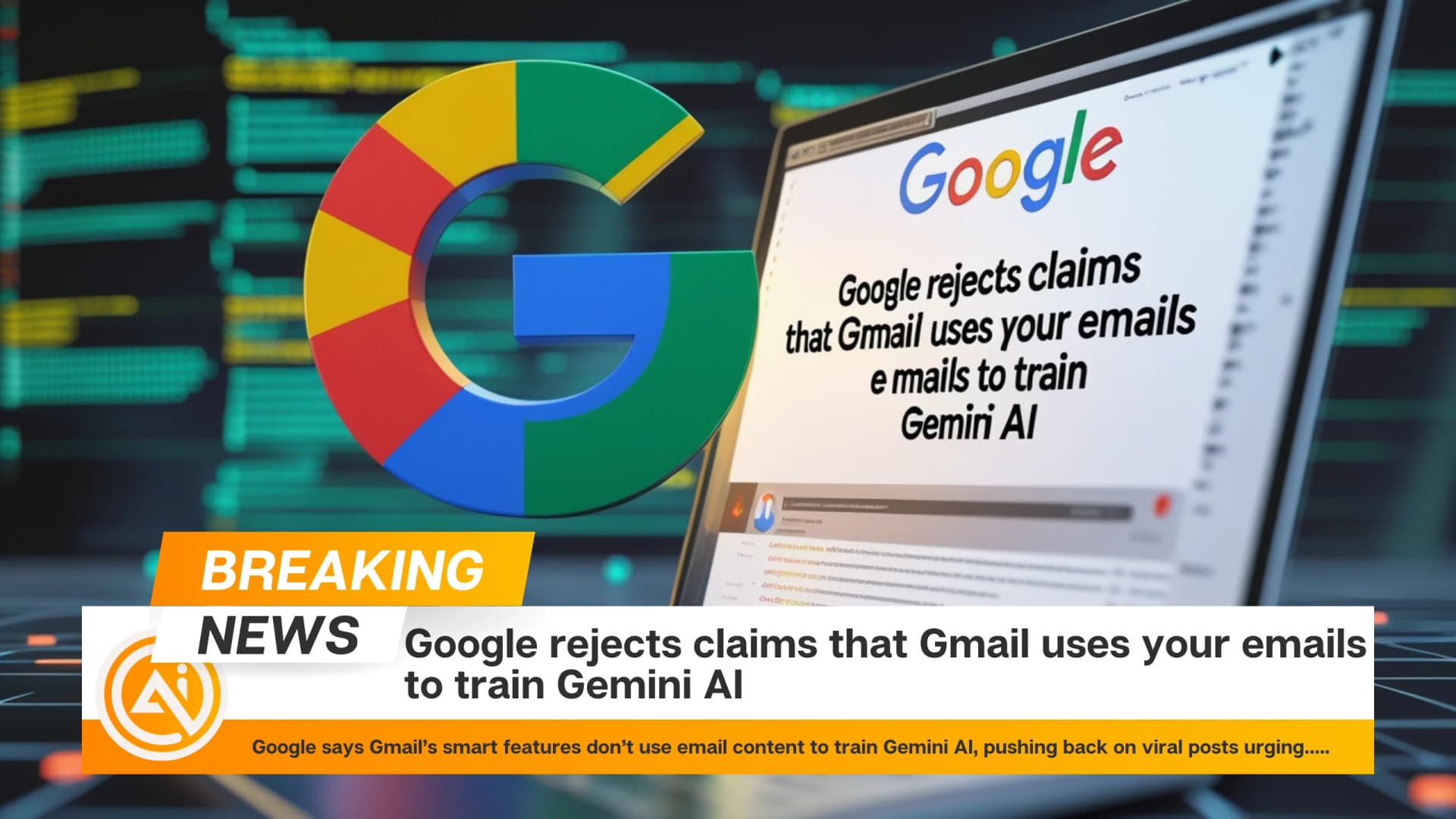YouTube CEO Neal Mohan, in his annual letter, highlighted AI as one of the company’s major focuses for 2025. The platform has been integrating AI tools to assist creators, including features for video ideas, thumbnail generation, and language translation.
The auto dubbing feature, enabling creators to translate videos into multiple languages effortlessly, will soon be available to all YouTube Partner Program members. Additionally, YouTube is deploying machine-learning technology to estimate users’ ages, ensuring age-appropriate content recommendations.
Over the past year, YouTube has introduced AI-powered tools for image and video background generation, as well as music integration for short videos. However, the use of AI in video creation has sparked debate. Some worry that AI-generated content may reduce content quality, while others see AI as a valuable tool for enhancing creativity rather than replacing it.
To regulate AI-generated content, YouTube is expanding its partnership with the Creative Artists Agency (CAA), providing more creators access to technology that detects and manages AI-created content featuring their likenesses.
Last year, the platform introduced AI detection tools to protect creators, including artists and public figures, from unauthorized AI-generated replicas of their faces or voices. These advancements build upon YouTube’s Content ID system, which identifies copyrighted material in videos.
Beyond AI, YouTube’s other priorities for 2025 include strengthening its cultural influence, positioning YouTubers as entertainment leaders, and enhancing the viewing experience on televisions, now the primary device for YouTube consumption in the U.S. While AI-driven age verification raises privacy concerns, similar technology is already in use on platforms like Facebook, Instagram, and TikTok. YouTube’s ongoing AI advancements aim to improve content accessibility, creator support, and user protection.
